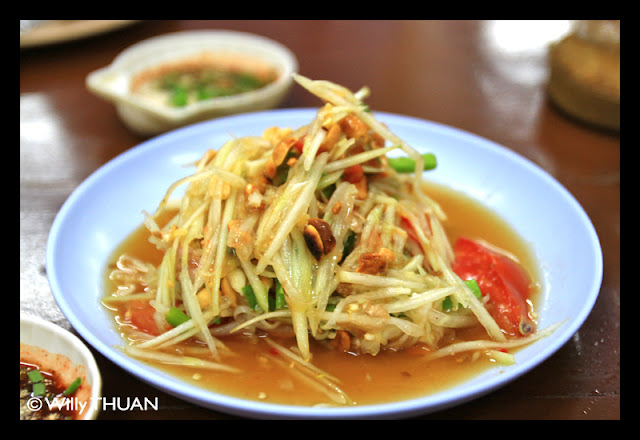Even though it's been more than a year since my previous post...
My blog is about Thai food and Thais, this post should actually be my preface. What is it with Thais and food? Here is a classic example of how it even shows in our language: The casual ways for Thai to ask “How are you?” is to ask “Kin Kao Rue Young?” - word for word it means "Have you had rice (i.e. food) yet?". The answer? We actually don't really care. People can say yes or no, yet I'm so starving. TRY!!
Also, Farangs out there, beware if you're going sightseeing with us! Most of our activities will rotate around food. It's so common for Thais to do restaurant crawls as sightseeing activity. And don't tell us that it's ok to eat anywhere in a foreign country -- it's not ok. Food has to be good! What's the point of eating if it's not good.





















